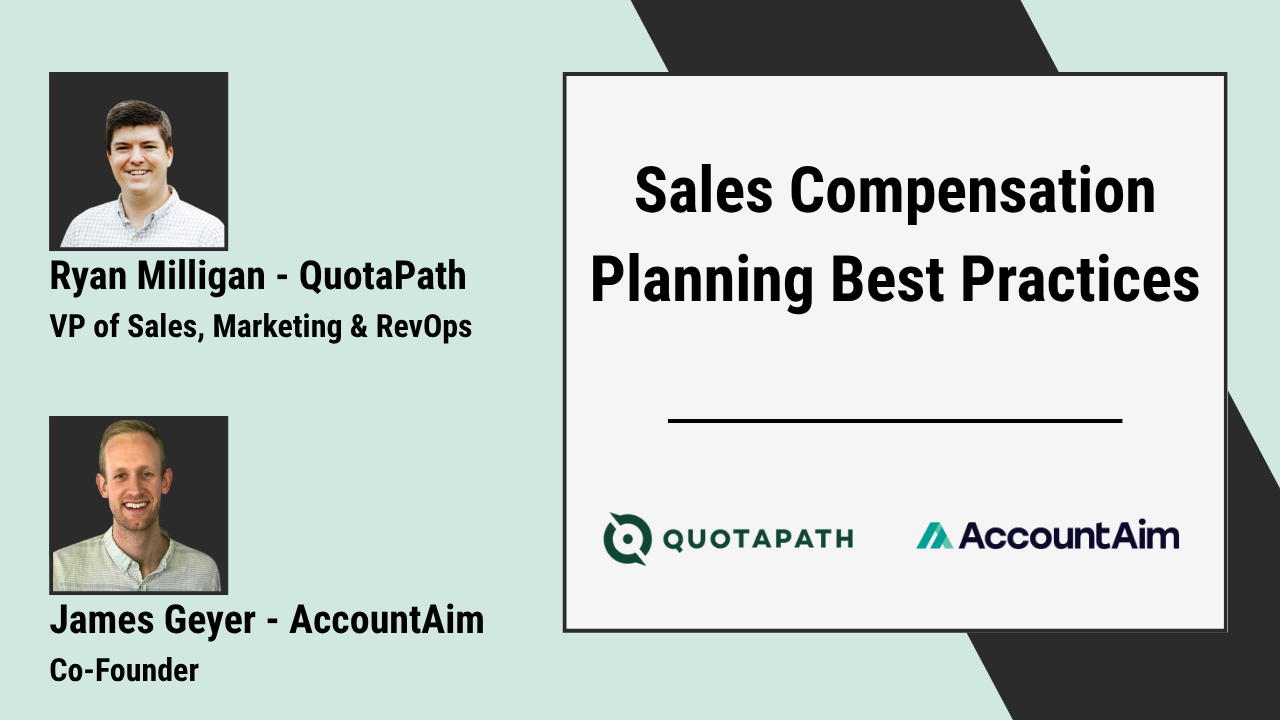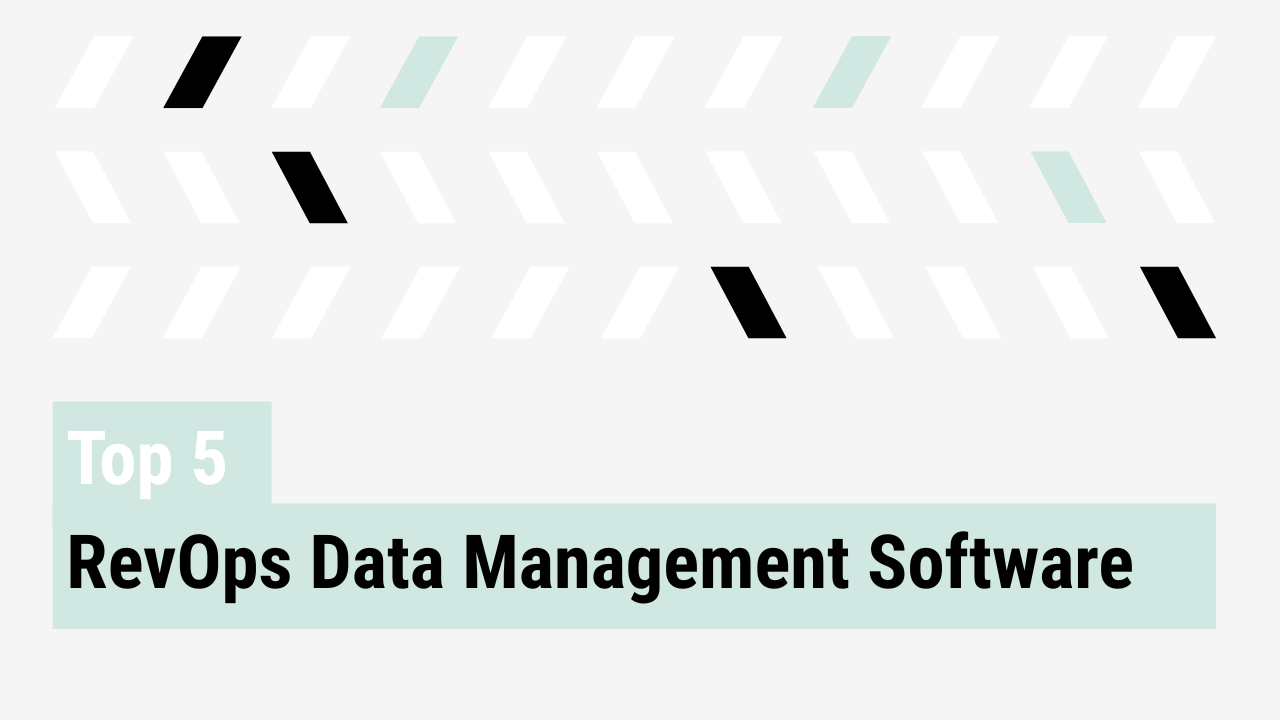Forecast accuracy begins with clarity.
If your team isn’t aligned on what the forecast is intended to accomplish, it won’t deliver meaningful results, even with a clean CRM and visually impressive dashboards.
A useful starting point in any forecasting project: “What’s the job of the forecast in your organization? Who uses it, and what decisions are they making with it?”
RevOps leaders often need a moment to reflect. The answer can vary across functions. Sales seeks predictability. Finance looks for certainty. Marketing wants insight into underperformance by segment. Leadership prefers a consolidated, reliable figure.
Different stakeholders require different forecast views.
Segment the purpose by stakeholder
Begin by tailoring the forecast to three key audiences:
1. Finance: operational and financial planning
Finance relies on forecast data for cash planning, budget cycles, hiring decisions, and investor communication.
Key elements:
- Commit forecast
- Bookings timing (by week/month)
- Visibility into renewals and expansions
Effective forecasting for Finance is anchored in structured assumptions such as stage-based probabilities, historical slippage trends, and rep-level confidence indicators.
Forecasts without deal-level backing often lack credibility for this audience.
2. Sales: driving forecast rhythm and execution
For Sales, the forecast establishes a consistent operating cadence that supports pipeline inspection, highlights execution challenges, and helps align resources effectively.
What they care about:
- Is the data clean and are deals qualified?
- Are there any blockers preventing progress (e.g., stalled deals, lack of multithreading)?
- Are we resourcing deals correctly to get them across the line?
The forecast functions as a tool for:
- Weekly deal inspection and validation
- Spotting breakdowns in sales execution
- Prioritizing leadership intervention and resource alignment
This approach strengthens performance management and helps ensure the team is well-positioned to achieve both short and long term goals.
3. Execs: board readout and strategic decisions
Executives and founders look for high-confidence summaries that align with external messaging.
They focus on:
- Is this ready to share with investors?
- Are we at risk of missing targets?
- What are the top risks, and what actions are being taken?
The executive forecast should include:
- Narrative commentary
- A summarized format
- Clear risk indicators and scenario planning
Differences between forecasts from Sales and Finance should be clearly reconciled and explained.
Build different forecast views for each audience
Rather than creating multiple dashboards, focus on three key forecast views:
| Audience | View | Metrics | Format |
| Finance | Bookings forecast | Commit, renewals, expansions | Sheet or dashboard |
| Sales | Pipeline inspection | Coverage, hygiene, win rate | CRM-based dashboard |
| Executives | Strategic forecast rollup | Forecast vs. plan, risks | Slide or memo |
Each forecast view should:
- Have a clear owner (typically RevOps)
- Be updated on a regular cadence (weekly for Sales, monthly for Executives)
- Drive key decisions (hiring, budgeting, segmentation changes, etc.)
Clarify the purpose early
It may be tempting to jump straight into building models or dashboards. However, starting with stakeholder alignment saves significant time and prevents rework.
Consider recording a short Loom video explaining the purpose of the forecast for each audience. Confirm that each stakeholder understands which version they’re viewing and ask if anything is missing.
This step is essential to building confidence and establishing trust in the forecast.
Learn More
See all six steps to a trusted sales forecasting framework in this blog post.



